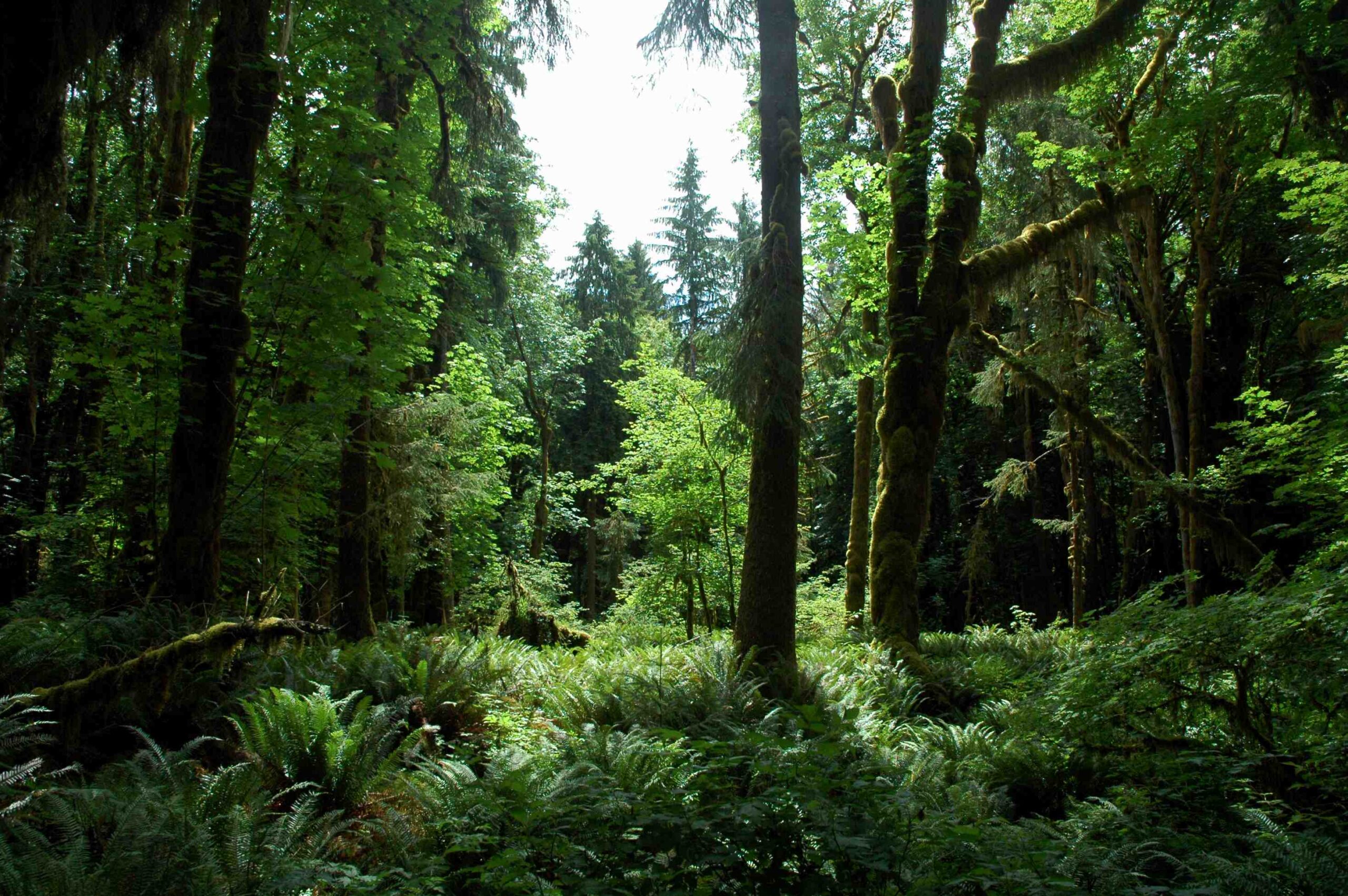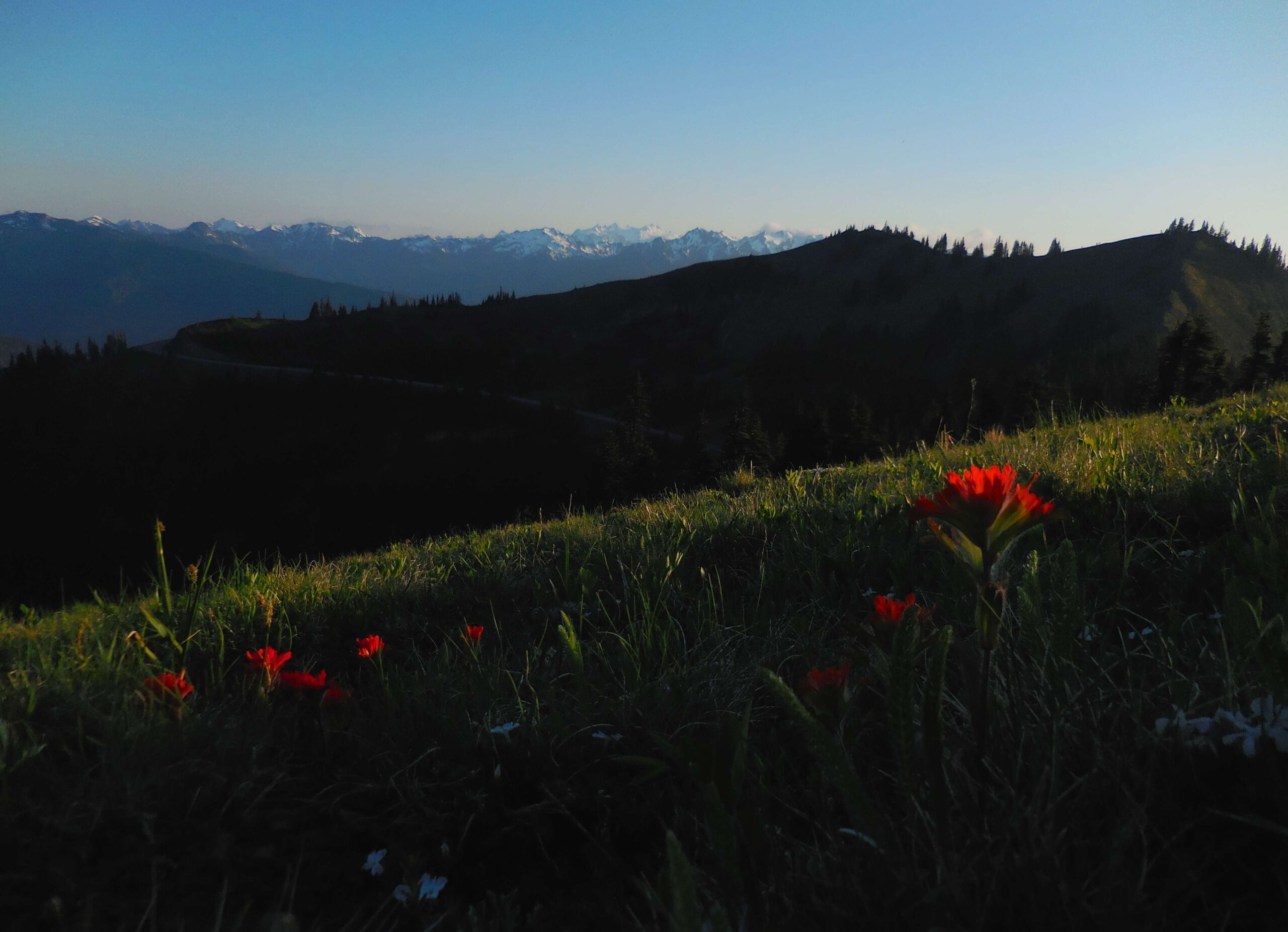The Mink Lake Trail in Olympic National Park is a challenging 5.0 to 5.2-mile hike that offers diverse ecosystems and scenic beauty. Located near Port Angeles, Washington, this trail takes hikers through old-growth forests, subalpine meadows, and leads to a quaint, marshy lake known for its bird and fish populations. With moderate elevation gain and an average completion time of 3 hours and 13 minutes, the Mink Lake Trail provides a rewarding experience for those seeking a mix of natural wonders and physical challenge.
What Makes Mink Lake Trail Unique?

Mink Lake Trail in Olympic National Park stands out for its ecological diversity and scenic beauty. Here are some key features that make this trail unique:
- Diverse Ecosystems: The trail passes through multiple habitats, including:
- Old-growth forest
- Subalpine meadow
- Subalpine lake basin
-
Montane forest
-
Wildlife Viewing: The area is known for its rich wildlife, particularly:
- Various bird species
-
Fish populations in Mink Lake
-
Scenic Beauty: Hikers are treated to stunning views of:
- Ancient forests
- Wildflower-filled meadows (seasonal)
-
The serene Mink Lake at the trail’s end
-
Challenging Terrain: The trail offers a moderate physical challenge, making it suitable for experienced hikers and adventurous beginners.
What Are the Trail Details and Difficulty Level?

Understanding the trail details is crucial for planning your hike. Here’s what you need to know about the Mink Lake Trail:
| Trail Aspect | Details |
|---|---|
| Length | 5.0 to 5.2 miles (round trip) |
| Elevation Gain | Moderate (specific figures not available) |
| Difficulty | Challenging |
| Average Time | 3 hours and 13 minutes |
| Trail Type | Out and back |
The trail is considered challenging due to:
– Noticeable elevation changes
– Potentially muddy or wet sections
– Varied terrain through different ecosystems
How to Prepare for the Mink Lake Trail Hike?
Proper preparation is key to enjoying your hike on the Mink Lake Trail. Here are some essential tips:
- Check Weather Forecasts:
- The area can experience sudden weather changes
-
Rain can make the trail muddy and more challenging
-
Wear Appropriate Footwear:
- Sturdy hiking boots with good traction
-
Waterproof boots recommended due to potentially wet conditions
-
Pack Essential Gear:
- Water and snacks
- First aid kit
- Map and compass (or GPS device)
- Rain gear
-
Insect repellent (especially in summer)
-
Inform Someone of Your Plans:
-
Share your hiking itinerary with a friend or family member
-
Start Early:
- Allow plenty of time to complete the hike before dark
What Can You Expect Along the Trail?
The Mink Lake Trail offers a diverse hiking experience. Here’s what you can expect as you make your way to Mink Lake:
- Trailhead to Forest Section:
- Well-maintained trail start
- Gradual ascent through old-growth forest
-
Possible wildlife sightings (birds, small mammals)
-
Subalpine Meadows:
- Open areas with seasonal wildflowers
- Panoramic views of surrounding landscape
-
Potential for more sun exposure
-
Approaching Mink Lake:
- Increased moisture and potentially muddy sections
- Transition to subalpine lake basin ecosystem
-
First glimpses of the lake
-
Mink Lake:
- Quaint, marshy lake surrounded by vegetation
- Ideal spot for bird watching and peaceful reflection
- Possible fish sightings in the lake
What Facilities Are Available at the Trailhead?
Understanding the available facilities helps in planning your hike. Here’s what you can expect at the Mink Lake trailhead:
- Parking: Available, but capacity details are not specified
- Restrooms: Typically available at the trailhead (check current status)
- Information Kiosk: May provide trail maps and current conditions
- No public transportation: Personal or rented vehicles necessary
Note: Always check the Olympic National Park website or contact the visitor center for the most up-to-date information on facilities and trail conditions.
What Are the Best Times to Hike Mink Lake Trail?
The best time to hike Mink Lake Trail depends on your preferences and the experience you’re seeking. Here’s a breakdown:
- Summer (June to August):
- Warmest and driest months
- Wildflowers in bloom in meadows
-
Busiest time on the trail
-
Fall (September to October):
- Cooler temperatures
- Potential for fall colors
-
Less crowded than summer
-
Spring (April to May):
- Waterfalls and streams at their fullest
- Potential for muddy conditions
-
Fewer crowds
-
Winter (November to March):
- Not recommended due to snow and hazardous conditions
- Trail may be inaccessible
Regardless of the season, always check current trail conditions and weather forecasts before your hike.
How to Practice Leave No Trace on Mink Lake Trail?
Preserving the natural beauty of Mink Lake Trail is crucial. Follow these Leave No Trace principles:
- Plan Ahead and Prepare:
- Know regulations and special concerns for the area
-
Prepare for extreme weather, hazards, and emergencies
-
Travel and Camp on Durable Surfaces:
- Stay on established trails
-
Camp at designated sites if overnight camping is allowed
-
Dispose of Waste Properly:
- Pack out all trash, leftover food, and litter
-
Use restroom facilities when available or bury human waste
-
Leave What You Find:
- Preserve the past: observe, but do not touch cultural or historic structures and artifacts
-
Leave rocks, plants, and other natural objects as you find them
-
Minimize Campfire Impacts:
- Use a lightweight stove for cooking
-
Where fires are permitted, use established fire rings
-
Respect Wildlife:
- Observe wildlife from a distance
-
Do not feed animals
-
Be Considerate of Other Visitors:
- Respect other visitors and protect the quality of their experience
- Be courteous and yield to other users on the trail
By following these principles, you help ensure that the Mink Lake Trail remains a beautiful and pristine environment for future hikers to enjoy.
What Wildlife Might You Encounter on Mink Lake Trail?
The diverse ecosystems along Mink Lake Trail provide habitat for various wildlife species. Here’s what you might encounter:
- Birds:
- Various songbirds in the forest
- Waterfowl near Mink Lake
-
Possible sightings of raptors
-
Mammals:
- Small mammals like squirrels and chipmunks
- Possibility of deer or elk in meadow areas
-
Rare sightings of larger predators (always maintain a safe distance)
-
Fish:
-
Various species in Mink Lake (observe from the shore)
-
Insects:
- Butterflies in meadow areas (seasonal)
- Mosquitoes and other flying insects (bring repellent)
Remember to observe wildlife from a distance and never feed or approach animals. This ensures both your safety and the well-being of the wildlife.
In conclusion, the Mink Lake Trail in Olympic National Park offers a challenging but rewarding hiking experience. With its diverse ecosystems, scenic beauty, and potential for wildlife encounters, it’s a trail that showcases the natural wonders of the Pacific Northwest. By preparing adequately and practicing responsible hiking, you can fully enjoy this remarkable trail while helping to preserve its pristine condition for future generations.
References:
1. National Park Service – Mink Lake Trail
2. AllTrails – Mink Lake, Washington
3. Hike 734 – Mink Lake
